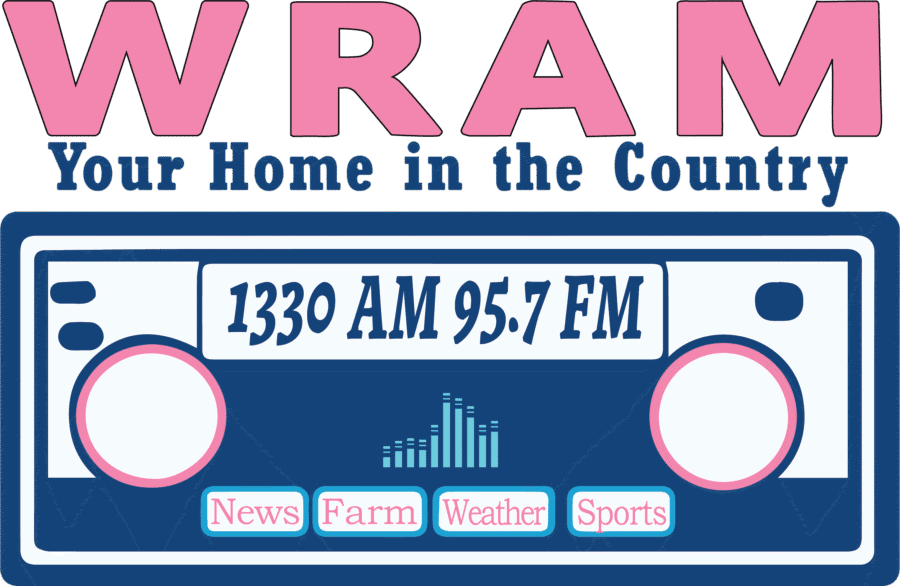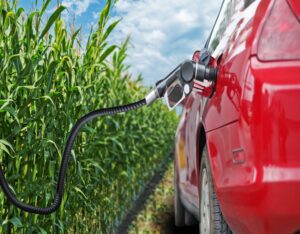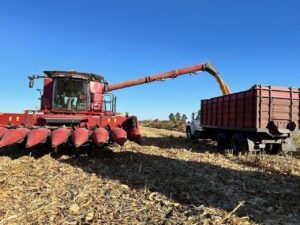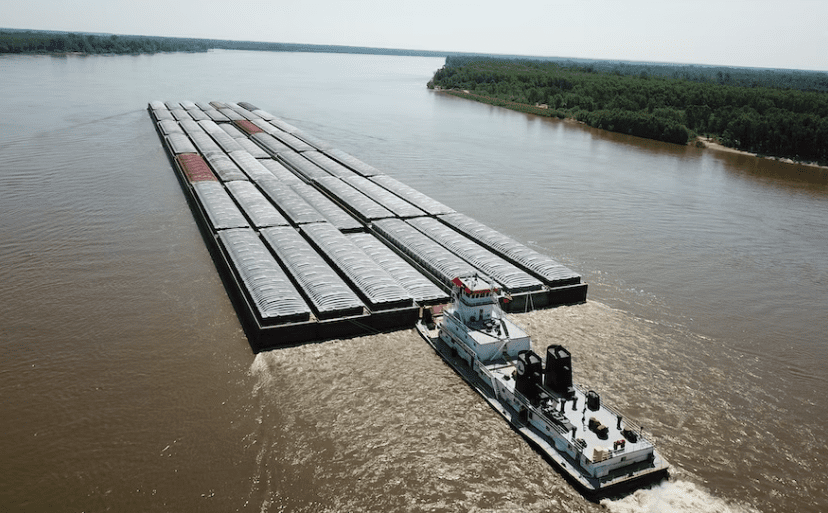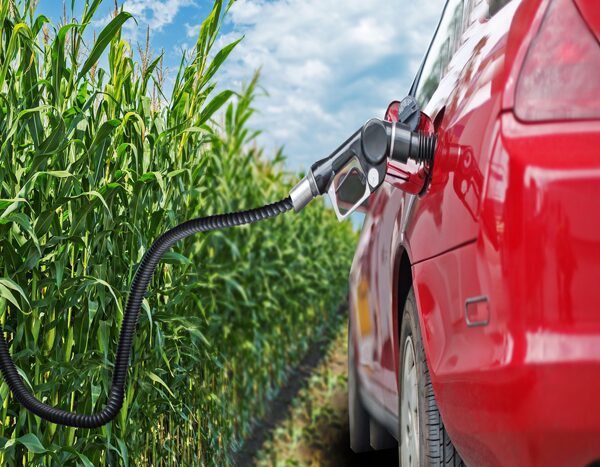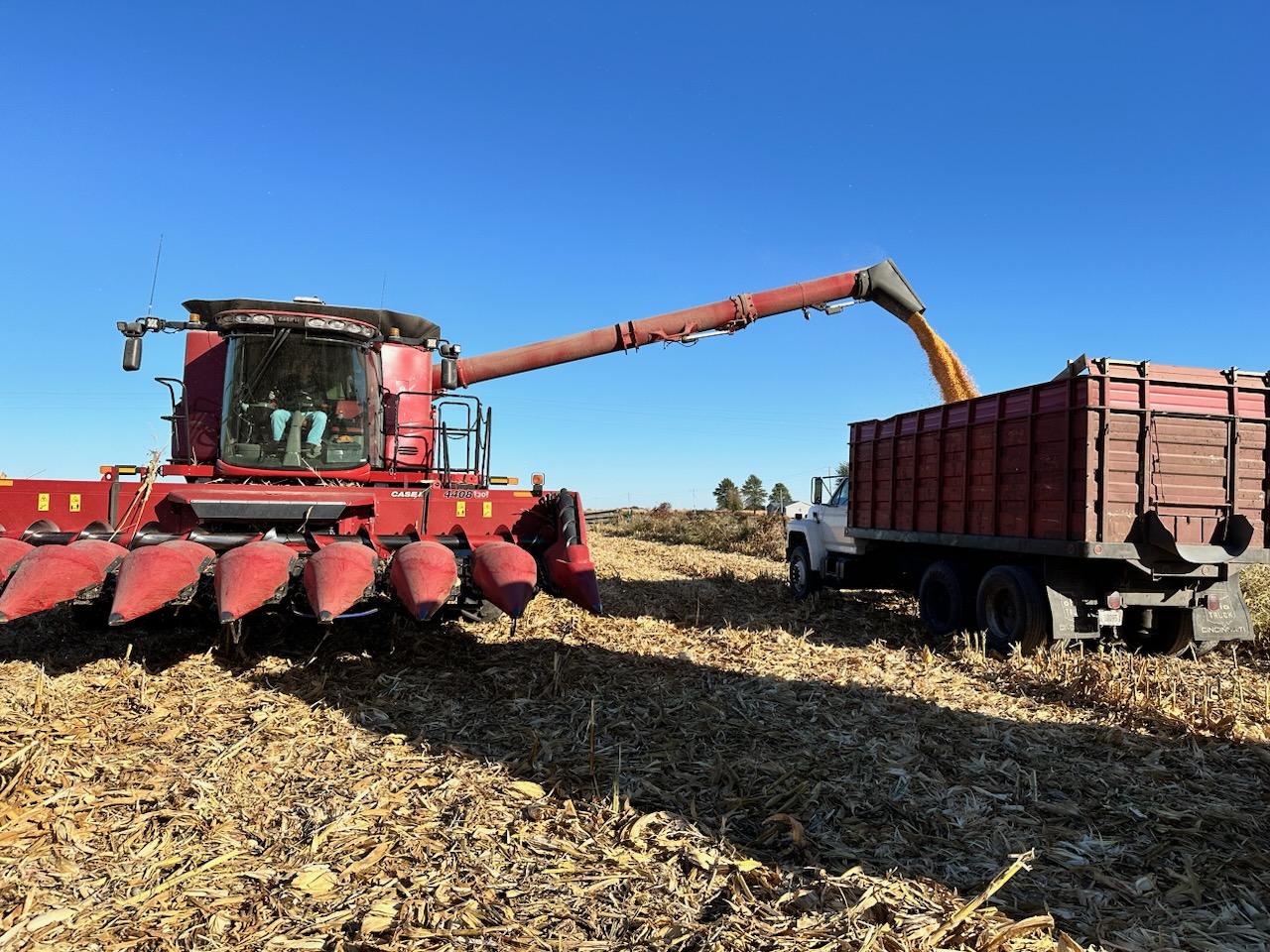Power costs for farmers raising corn and soybeans have been increasing over the last few decades. With concerns rising about lower returns in 2023 and 2024, there is a growing need to cut power costs. University of Illinois Farm Management Extension Specialist Gary Schnitkey said the cost of power in production primarily relates to machinery.
“The way most people account for machinery costs is that there are three big categories,” explained Schnitkey. “Machinery, depreciation, repairs, and in our Midwest farms machine hires also a large category which often which covers things like spraying chemicals or having other people spray chemicals. The category is fuel and oil, which is significant, but is the smaller of those four categories.”
In central Illinois, power costs per acre of corn was $66 in 2000. In 2022 that cost rose to $167. Much of that cost increase, Schnitkey credits to inflation.
“We’ve seen that taken off since COVID. In those COVID years, we were at $130 per acre, two years ago, and now we’re at $167 per acre,” said Schnitkey. “A lot of that again, relates to higher prices of machinery, new machinery is increased in price over time, and repairs have also gone up.”
On the soybean side, while farmers do see reduced power costs, they still face a similar power cost growth trend. In central Illinois, power costs per acre of soybeans went from $57 in 2000 to $149 in 2022.
“The difference in corn and soybeans generally relates to harvesting cost,” said Schnitkey. “Harvesting is typically just more intensive on corn than on soybeans. You’re taking off three times the materials, so it’s more expensive from the combined standpoint and also the hauling away from the field is more costly.”
As power costs on corn and soybean production acres are expected to increase into 2024, Schnitkey said that farmers can prepare by slowing down equipment replacements and matching equipment size with the operation.
“That comes down to the choice of number of rows on planters and the size of the combine,” said Schnitkey. “Final thing is just the number of large newer tractors on the farm. Some operations get by with two, others get by with three, and some four but the lower, you can keep that of number larger, newer tractors down, the more you’ll have lower costs.”
Again, that is Gary Schnitkey of the University of Illinois. You can check out the full interview with Schnitkey here.

